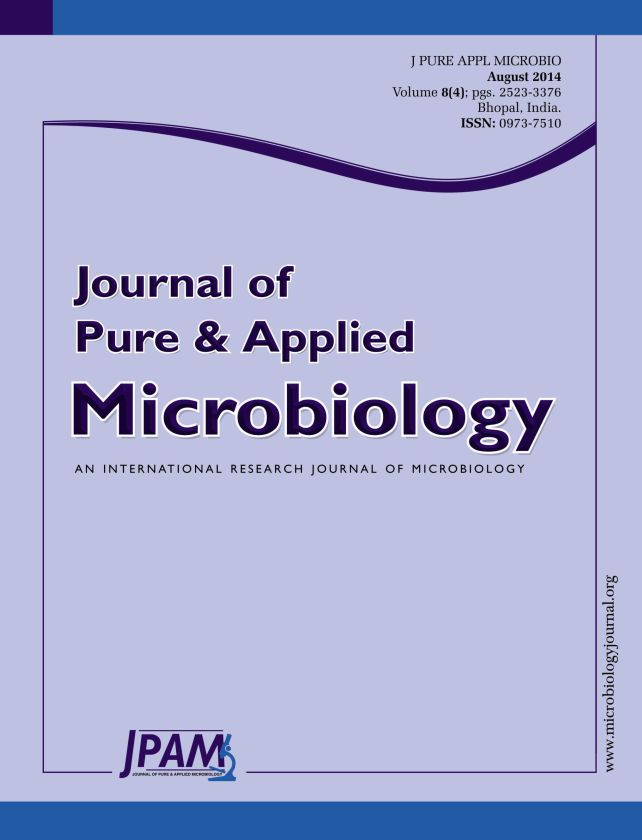Among the large number of probiotic products in use today are bacterial spore formers, mostly of the genus Bacillus. Used primarily in their spore form, these products have been shown to prevent gastrointestinal disorders and their applications are astonishing. Here we report the isolation and characterization of a probiotic Bacillus species isolated from human faeces as per WHO and FAO guidelines. The isolates were identified based on the characteristics on the strains of Bacillus sp. according to Bergey’s Manual of determinative bacteriology and further confirmed by API 50 CHB test. The in vitro studies on the probiotic properties demonstrated that our isolate could prove to be a potential probiotic with spore forming ability coupled with acid and bile tolerance properties and antimicrobial action. It was susceptible to most of the antibiotics tested and showed antimicrobial activity against gut pathogens. In addition, to these characteristics the bacterium also produced enzymes such as amylase, lipase, protease and catalase which can help in improving digestion. This study suggests that bacilli with probiotic properties could be isolated from the human gut.
Bacillus, Probiotics, Spore formers, Screening, Isolation
© The Author(s) 2014. Open Access. This article is distributed under the terms of the Creative Commons Attribution 4.0 International License which permits unrestricted use, sharing, distribution, and reproduction in any medium, provided you give appropriate credit to the original author(s) and the source, provide a link to the Creative Commons license, and indicate if changes were made.


